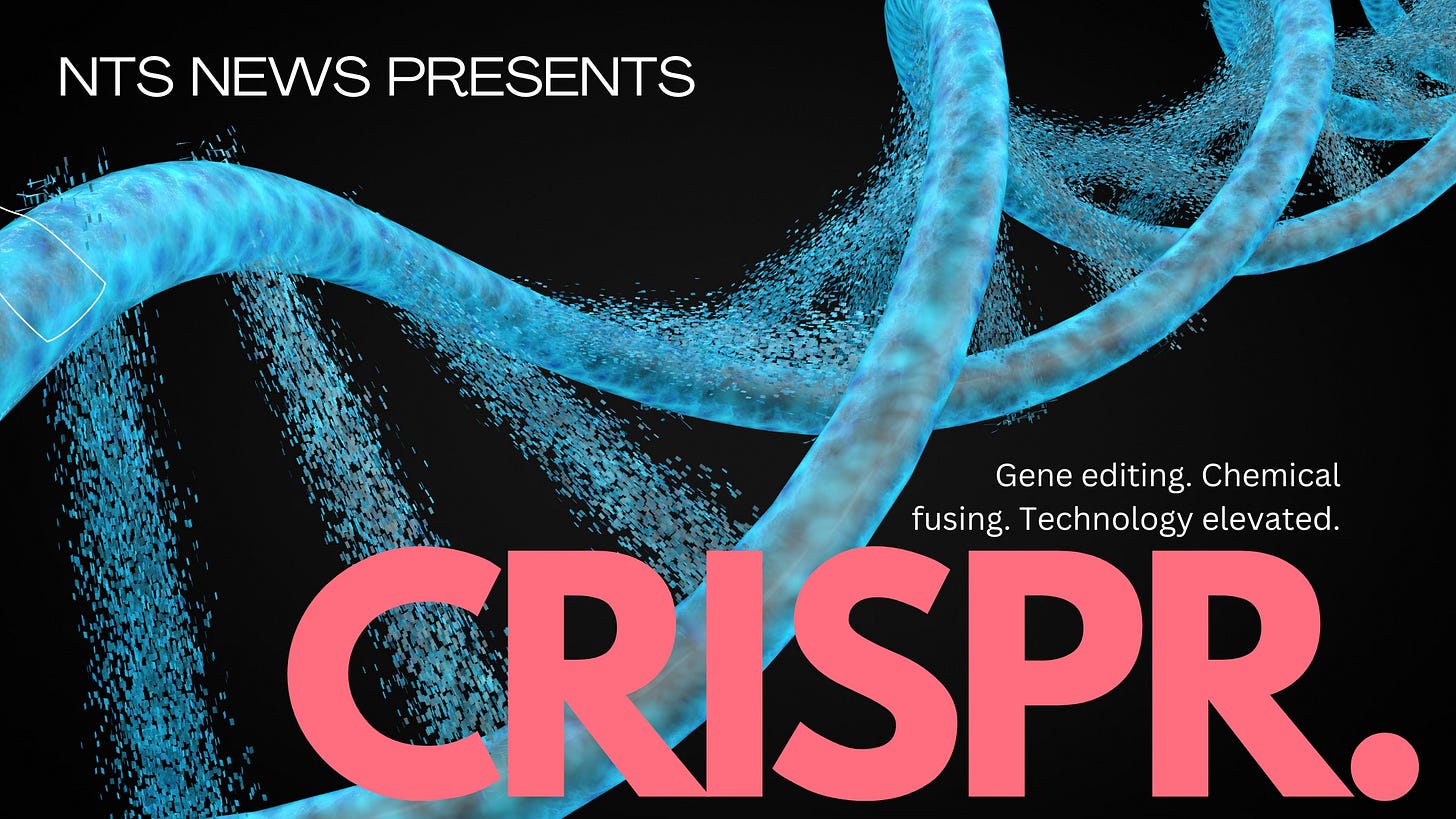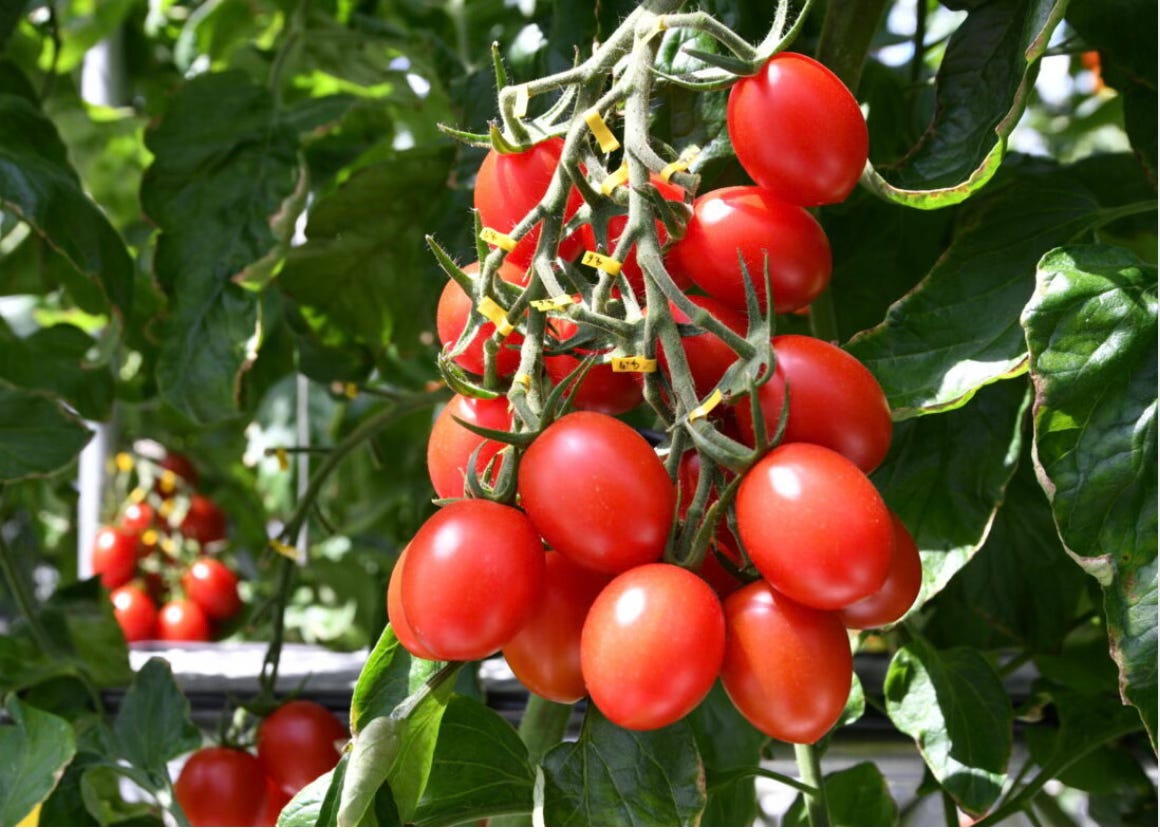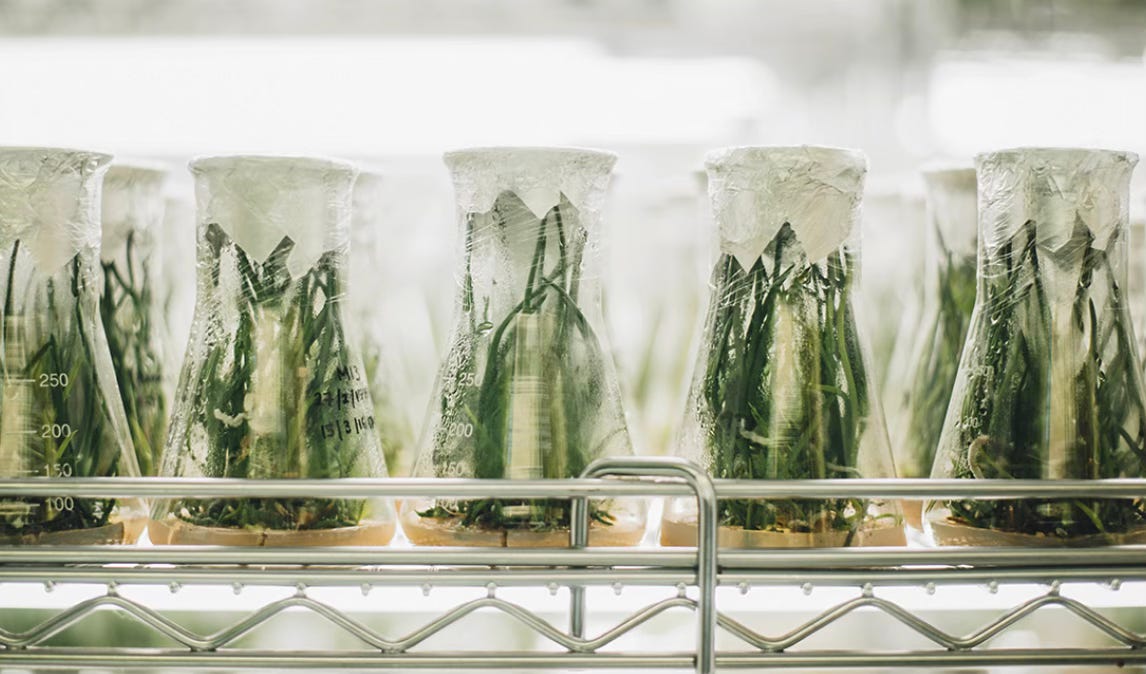Food consumers of the world care about three things: food quality, value for money, and nutrient content - to find these things in one single food is extremely difficult. CRISPR, a renowned gene editing technique, has gained interest all over the planet, as research shows that it could help incorporate the three things we mentioned earlier.
The agricultural community has faced many hindrances, including drastic climate shifts and diseases that infect livestock and plants. It has been extremely risky staying in the business - at any moment, some life-changing verdict could be announced. People are beginning to recognise the cataclysmic disaster this could cause and have turned to technology for backup.
CRISPR deletes and alters the molecular “code” of its target, which can change the properties of any organism. This means that when the necessary research and equipment has been paid for, the desirable qualities of a plant (this includes a high yield and sometimes resistance to disease) would be its only traits. The globe’s population is expanding exponentially, so sustainable solutions that use less land and water are essential for a produce-filled future.
CRISPR has been deeply analysed by experts across the years, and certain variations of the technology (like CRISPR-Cas) have even won Nobel Prizes, so many are putting much faith into the idea.
On September 15, 2021, the world was introduced to the first ever CRISPR-altered fruit: the tomato. A Japanese startup, Sanatech Seed, was intrigued by the process of editing food, and subsequently explored the idea. Their technology was successful, boosting Japan to be the top country in the field of genetically editing food. The special quality of this tomato is its level of GABA, a chemical that’s mostly found in the human brain. This substance has been proven to reduce stress levels, anxiety, treat things like sleeping hardships and sometimes improve blood pressure. The most common form of it is through an artificially created form, medicine.
Instead of feeding unnecessary unhealthy chemicals into the body, Japanese citizens can enjoy Sanatech Seed’s Sicilian Rouge GABA Tomato, which proved to the world that CRISPR had more potential to be examined.
A simpler way the tech is being utilised is simply extending a mushroom’s shelf life - by deleting a section of the mushroom’s genes, CRISPR has been able to prevent the mushrooms from browning.
CRISPR is also being used to encourage the consumption of a selection of leafy greens that are rich in nutrients, but have a bitter flavour that repels people that could benefit from them. Mustard greens, for example, are like a pile of nutrients in the form of leaves but have an unpleasantly sharp flavour. Experts have used CRISPR to delete two strands of genes that cause the bitterness, producing a result with a more neutral taste.
The researchers and numerous projects that have used CRISPR have all expressed positive feelings, but some experts are skeptical of the technology’s potential. The main concerns that have been put forward by scientists are the repercussions the tech could have, and - stemming from this - the difficulty to control and contain CRISPR-edited genes to the desired amount of plants and animals.
To counter this point, CRISPR’s supporters have argued that the technology could be life-changing, and also help insulate the world’s food security - over two billion people face a severe lack of food, and evidence shows that some people’s hunger could be extinguished with edits to plant genes.
The controversy is being debated thoroughly by world leaders - some say CRISPR is the next step in food security, and others say the technology needs to be perfected further. Vote below to share your opinion!
Thank you for reading this article - have a great day!
Research sources: Proto.Life, Nature Journal, The Jackson Laboratory, Food and Drug Law Institute, Freethink, Sanatech Seed, Automata Tech, Chicago Council on Global Affairs, The Guardian, Washington Post, GMWatch, Iowa State University News Service, Innovative Genomics Institute, Fortune, The NY Times & HealthNews
Image Sources: The NTS NEWS Graphic Studio, Sanatech Seed & HealthNews







Amazing article!
You are amazing